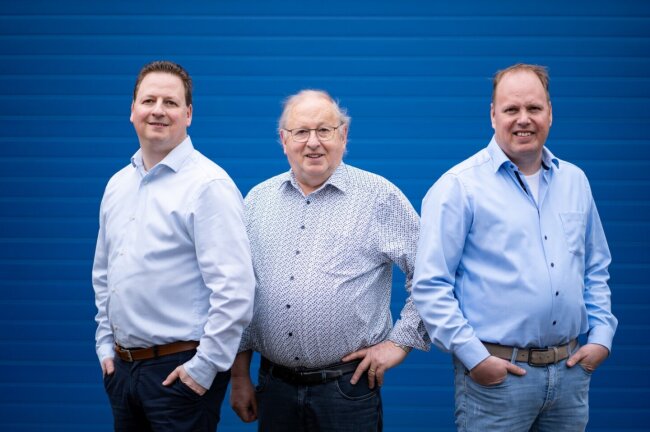Why is lighter better, and now essential
Electric vehicles carry a heavier load than their diesel counterparts, literally. Battery packs can weigh hundreds of kilos, with a direct impact on range, braking distance, tyre wear, and infrastructure load. Every kilo counts.
At the same time, societal and policy pressure is increasing: European regulations such as CO₂ standards, Ecodesign requirements, and the new Battery Regulation impose stricter demands on sustainability, efficiency, and reusability. Weight is an important factor in all of these.
The materials that make the difference
The search for lightweight materials has no universal solution but does offer a range of opportunities. In practice, we are seeing growing use of:
- High-strength steel: lighter than traditional steel, easily formable, and relatively affordable.
- Aluminium: ideal for load-bearing structures, chassis and bodywork; light and highly recyclable.
- Composites: fibre-reinforced plastics (glass, carbon, or natural fibres) combine strength with low weight and are widely applicable, from interiors to structural components.
- Thermoplastics and bio-based plastics: emerging materials that can be processed circularly and are less dependent on fossil raw materials.
The choice for a specific material depends on technical requirements, cost, processability, scalability, and the degree of circularity.
A strong Dutch foundation: HTSM and Composites NL
The Netherlands has a strong ecosystem for material and production technology. Within the High Tech Systems & Materials (HTSM) cluster, there is intensive cooperation on the development of thin sheet technology, mechatronics, and automation of production lines. Companies such as VDL, Bosch VDT, Tata Steel, and AWL are leading the way.
At the same time, the application of composites is gaining broader support. In collaboration with Composites NL, we are combining forces around industrial upscaling, certification, and reuse. From aviation to automotive, composites are becoming mature. This also creates opportunities for heavier mobility segments, where structural weight reduction is essential.
Sustainable design requires a different mindset
Lightweight is more than a material choice. It requires integrated design thinking: considering disassembly, reuse, maintenance, and recycling from the start. “Design for disassembly” is crucial if we want to move towards circular mobility. This also applies to combining materials in modular systems, where end use and lifespan are leading.
Policy and scaling up: from pilot to practice
The technology exists. The examples exist. But scaling up too often stagnates. To tackle this, we need:
- Public-private investments in test facilities, production automation, and certification.
- Clear policy on circular design standards and material choices.
- Cross-sectoral cooperation with energy, aviation, maritime, and construction sectors.
The Acceleration Agenda of the automotive sector, drawn up by RAI Automotive Industry NL and partners, outlines these actions. Materials and production technology are structural pillars within it.
Conclusion: Weight as a lever for sustainability
When people think of electric vehicles, they think of batteries. But without the right materials and production methods. Lightweight materials are one of the quieter driving forces behind the mobility transition. They make vehicles more efficient, more sustainable, and more affordable.
The Netherlands has a strong starting position with technology, knowledge, and companies that are among the world’s best. By collaborating as an industry through HTSM, Composites NL, and automotive programmes, we can create a lead in literally and figuratively lighter applications.
The road to sustainable mobility starts at the material level.





